Perhaps you are wondering why wild birds puff up their feathers. Or you might have a pet bird that is all puffed up? I ventured deep into the bowels of the internet and discovered many reasons why birds puff up their feathers. I have gathered all the answers here in this post.

1. To Stay Warm
The most obvious reason why birds puff up is to stay warm. Fluffing up their feathers traps warm air pockets underneath, warming their bodies on cold winter nights.
Feathers are great insulators by themselves, especially the soft, fluffy down feathers that are closer to a bird’s body. There are also Semiplume and Contour feathers that extend beyond the down layer and also have a softer, fluffy base to trap warm air.
If you see a bird all puffed up on a cold night, then it is probably trying to stay warm.
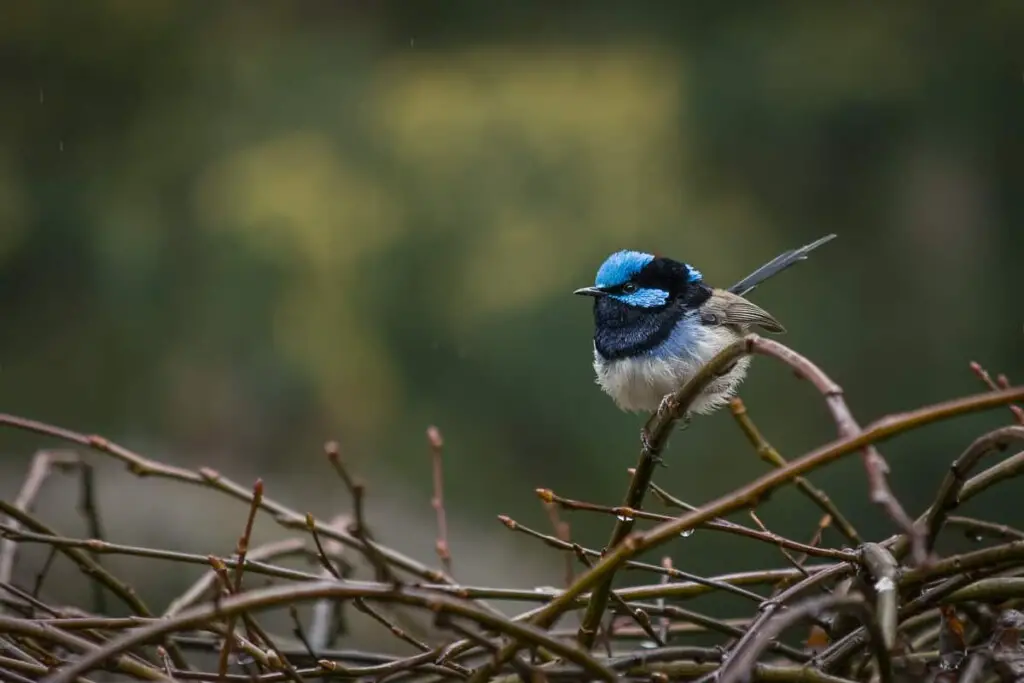
Discover how birds fly in this article here on my blog.
2. To Ward Off Other Birds
Another reason birds will puff up is to ward off other birds that might enter their territory. If they look bigger and scarier the other bird is more likely to fly away and not come back.
This type of display is common in the animal world. We humans will also do it, puffing out our chests or trying to stand taller to intimidate rivals.
If you see a puffy bird that also looks alert, it’s likely they are trying to scare away a rival.
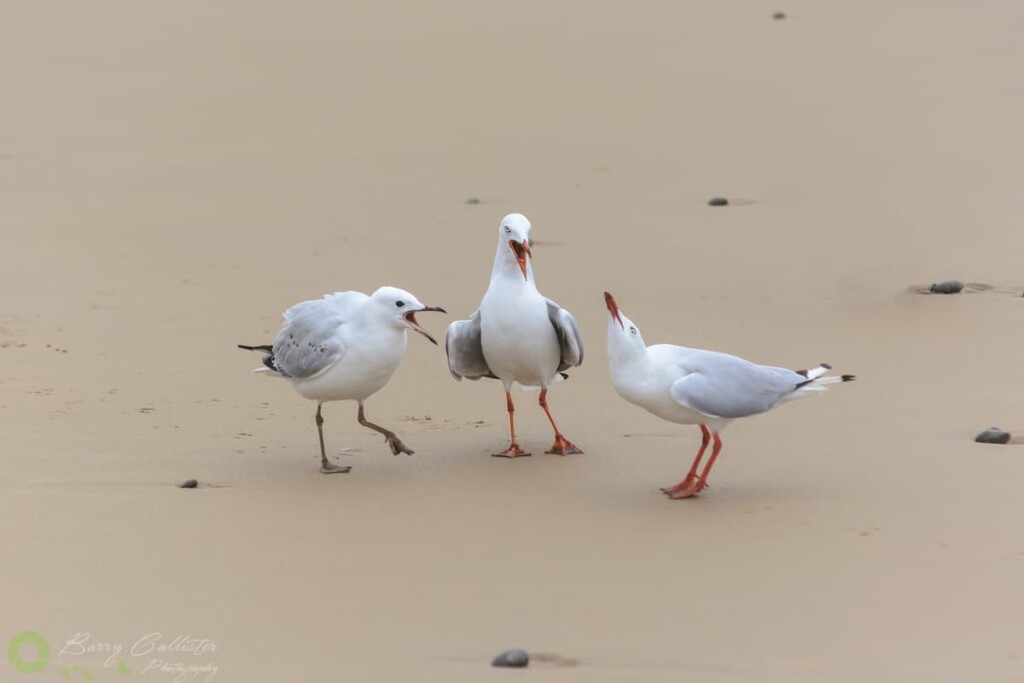
3. To Dry Off After A Bath
If you come across a bird all puffed up and wet, it’s likely they just got out of the bath and you should probably show a little respect and give them some privacy?!
Birds will poof up their feathers after a bath to allow air into the lower levels of their feathers so they can dry out. The downy feathers are not waterproof like the outer wing feathers. It can take a little while for the down to dry out so puffing up speeds up the process.
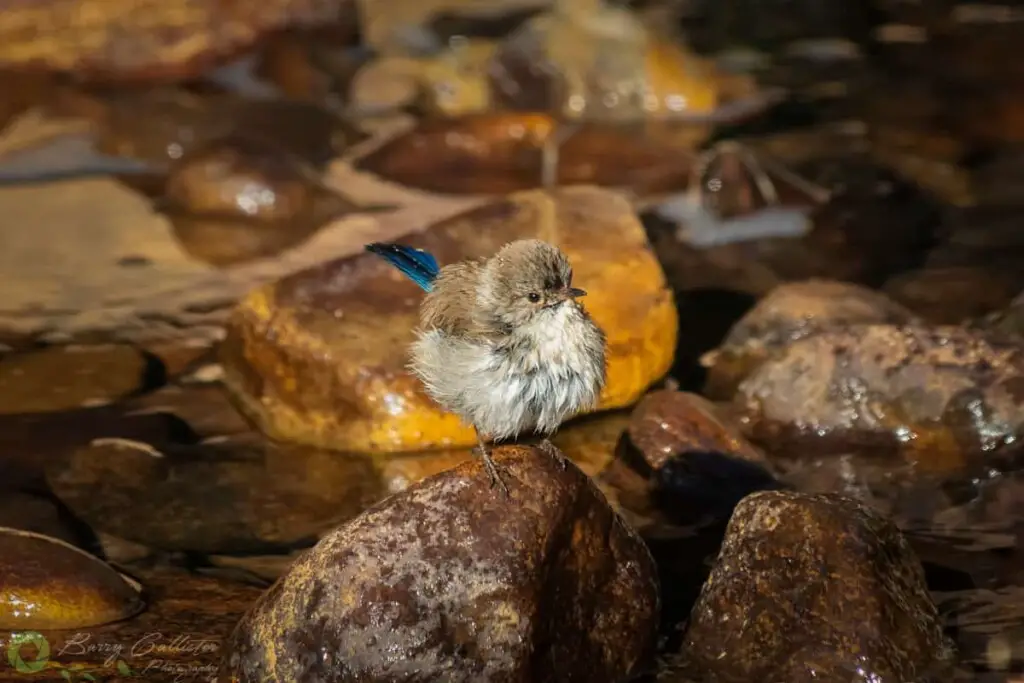
4. They Are Sleepy
Anyone who has owned a pet bird will have seen their feathered friend getting ready for sleep. Many birds will puff up when they are a bit sleepy and ready to take a nap.
You might see the bird puffed up and notice that its eyes are closing periodically like a toddler who’s ready for an afternoon nap. Some birds will even tuck their head under their wing before they sleep.
5. To Impress A Mate
Many birds will puff up their feathers as part of a mating display. Displaying like this is also a common thing among the animal kingdom and yes, humans do it too…don’t pretend YOU never have!
To impress a potential mate, male birds will puff up their feathers, chests, or other parts of their bodies. A classic example of this is the male Frigate Bird with its huge red throat pouch. If they can inflate their throat pouch big enough and make just the right sounds, they will attract a mate and ensure they can spread their genes to the next generation.

Another example is the Kori Bustard from East and South Africa. The males will puff out their neck and tail feathers to try and attract a suitable mate.
6. To Clean Hard To Reach Places
Birds will often puff up so they can gain access to lower layers of feathers for cleaning. It’s like “cleaning behind the ears” but for birds!
Birds clean (or preen), for many reasons; to remove parasites or lice, to align feathers for flight, to improve their appearance for courtship, or to bond with each other in a shared cleaning experience.
Some birds such as Budgies and Parrots have what is called a Uropygial gland. This gland, found at the base of the tail on the lower back, secretes preening oil which the birds will rub on their beaks and faces and then spread over their feathers. This helps with waterproofing, skin health, and keeping the feathers and the bill supple.
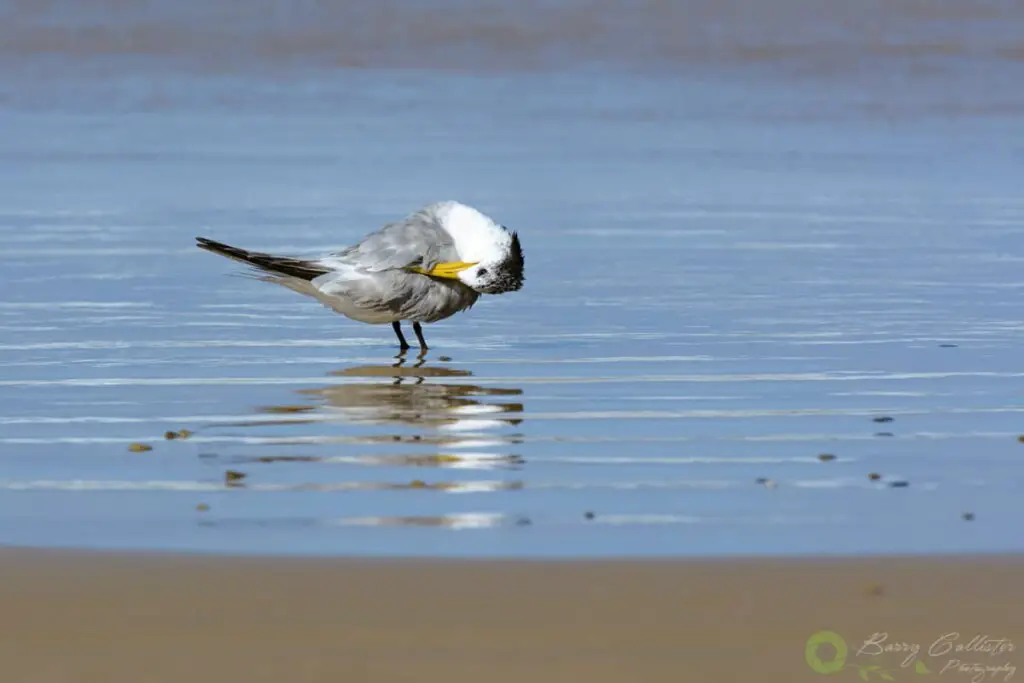
7. To Discourage Predators Or Rivals
Looking bigger than you are is always an advantage in the animal world. For birds, there is no exception.
Just as birds may puff up to tell others to get out of their territory, they will also do this to ward off predators or when they are about to fight a rival.
To some birds or other animals, puffed-up feathers that stick out can look quite threatening and scare them away. This can help the bird to avoid a fight or prevent it from being eaten.
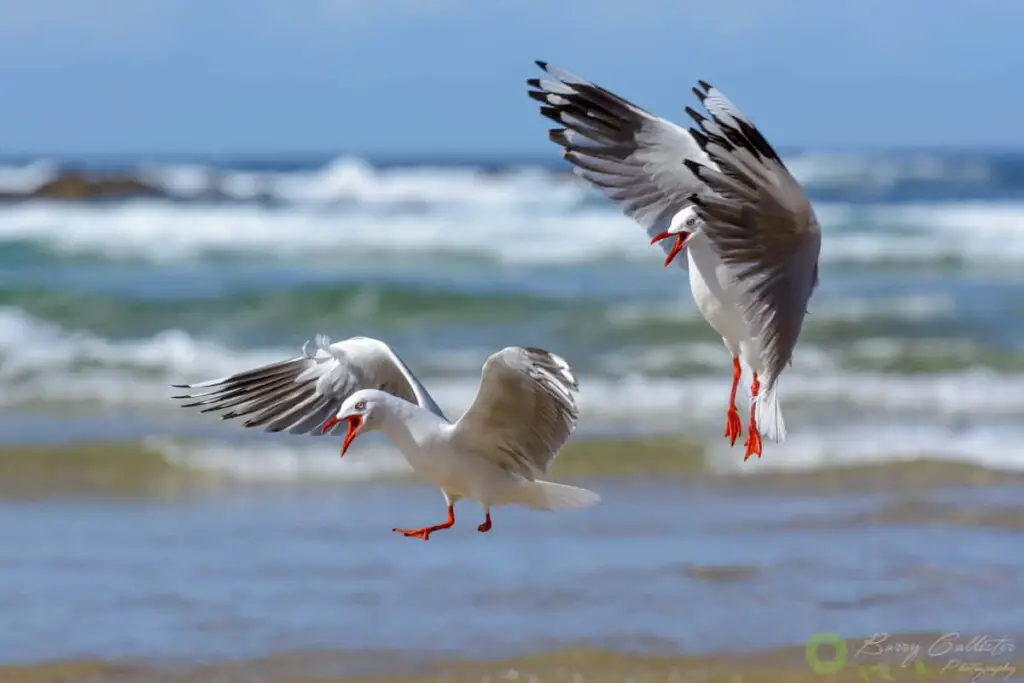
8. To Use Ants To Clean Them
Yes, that’s what I said…to use Ants to clean them?!
Some birds will sit on an Ant mound, fluff up their feathers and wait for the ants to come out and swarm all over them. This is called Anting. The bird will either sit passively for this or in some cases pick up the ants and rub them over its feathers and body.
Ants secrete Formic Acid which can help to kill any insects, mites, fungus, or bacteria the bird may have on its body. There are over 200 bird species that enjoy this activity. Watch the video below from Nat Geo Wild to see a Crow taking it to the extreme:
9. They Are Sick
Birds will often puff up when they are sick. If you see a single bird amongst others exhibiting this behavior, it is likely they are ill.
If you are noticing this behavior in a pet bird, take them to a Vet right away! Especially if they are sitting on the bottom of the cage puffed up and not moving around or preening at all. They may start to exhibit this behavior when they are still on the perch but watch them carefully. Birds try to hide their sickness as much as they can. In the wild, they would be forced out of the flock if they were sick, so it’s in their best interests to hide it.
Obviously, there are other reasons we discussed above that your bird may be puffed up, you just have to keep a close eye on them. Generally, you will instinctively know if a pet bird is not well. If you are unsure at all, take them to a Vet.
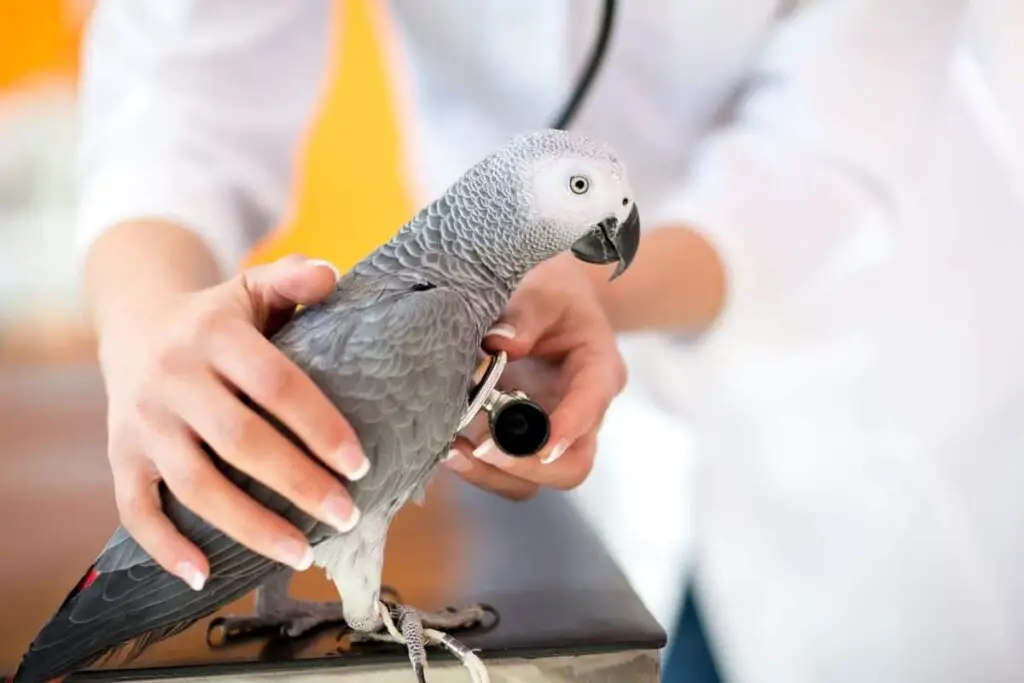
Further Reading
Bird behavior is a fascinating subject. If you are interested to learn more about our feathered companions, try these other posts on my blog:
- Fish-Eating Birds – 10 Australian Birds That Love That Sushi!
- How Long Do Birds Stay In The Nest? – I Have To Know?!
- What Time Do Birds Go To Sleep? – An Expert Weighs In
References
- Bats Sing, Mice Giggle – The Surprising Science of Animals’ Inner Lives – Karen Shanor Ph.D. and Jagmeet Kanwal Ph.D
- The Bumper Book For The Loo – Mitchell Symons
- Preening or Uropygial Gland in Birds – Rick Axelson DVM
- An Acid Bird Bath – Nat Geo Wild
- Everything You Need To Know About Feathers – Mya Thompson for The Cornell Lab Bird Academy
- Anting (Bird Activity) – Wikipedia
